1. Non-Grounded Electrical Outlets
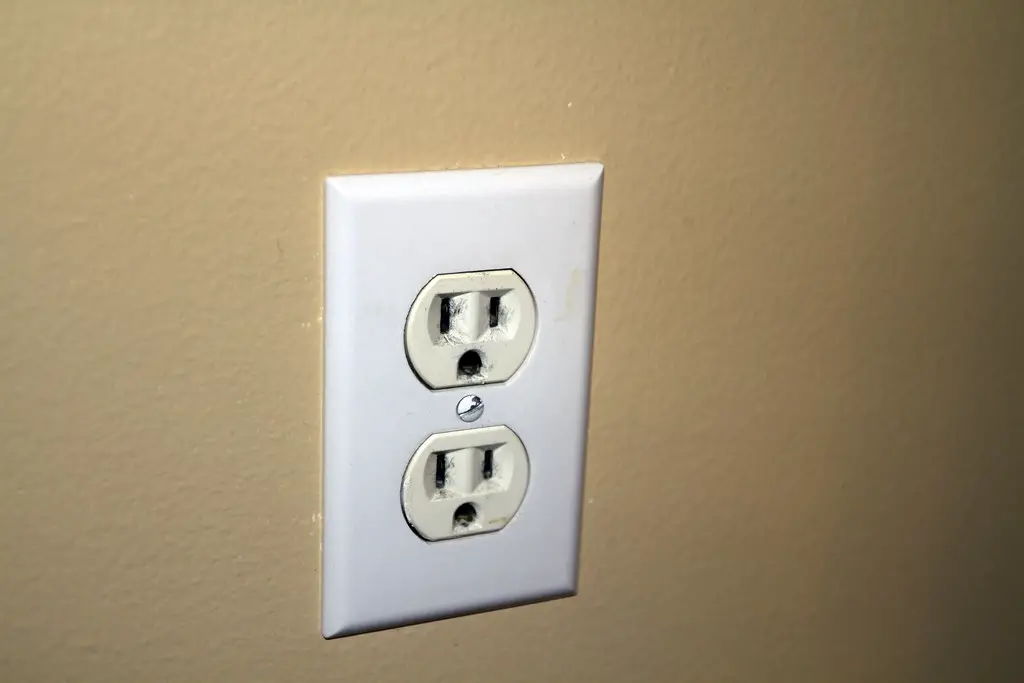
Two-prong, non-grounded outlets are now deemed unsafe and non-compliant with modern building codes. Homes undergoing electrical updates must replace them with grounded, three-prong outlets.
2. Asbestos Insulation
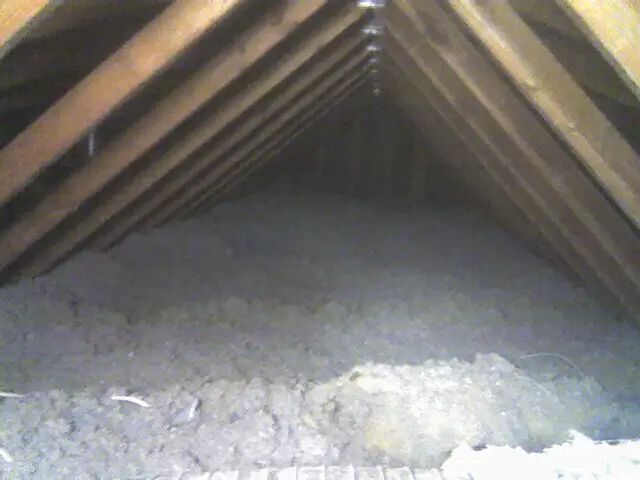
Asbestos was widely used in insulation for its fire-resistant properties, but its link to respiratory illnesses like mesothelioma led to its prohibition. Homeowners must now hire certified professionals for its safe removal during renovations.
3. Lead-Based Paint
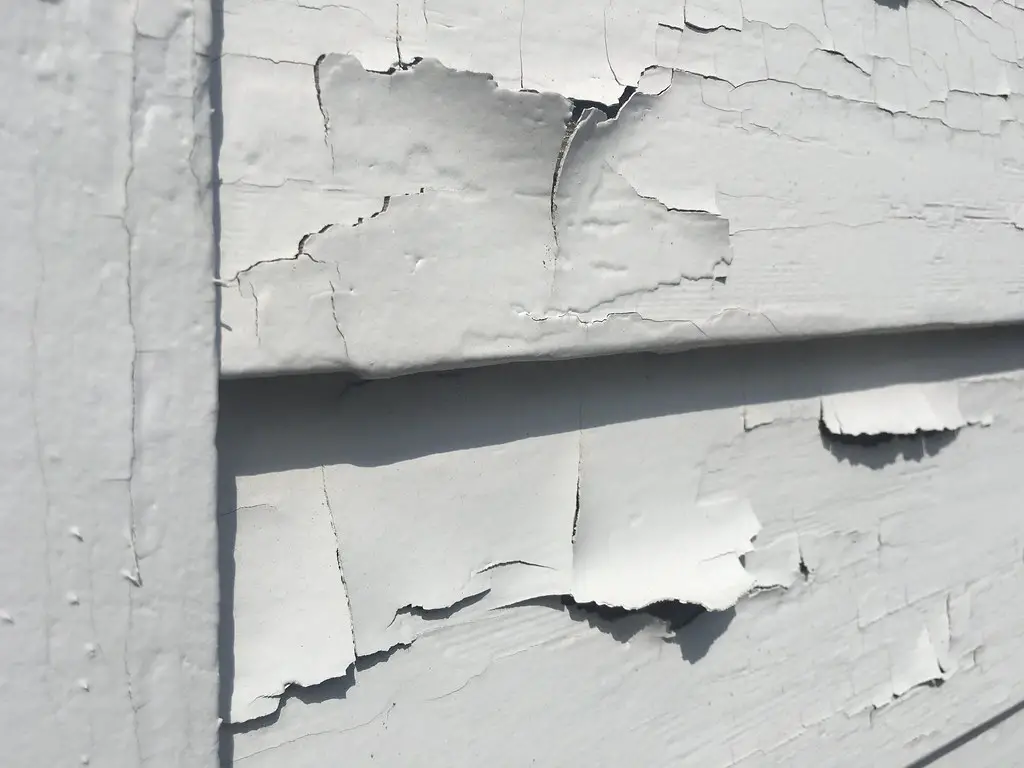
Once common in homes, lead-based paint has been banned for residential use in the U.S. since 1978. This hazardous material poses serious health risks, particularly for children. Modern regulations now require lead removal or encapsulation in older homes.
4. Single-Pane Windows

Energy-inefficient single-pane windows are being phased out in favor of double- or triple-pane options. These modern alternatives provide better insulation, reducing energy costs and environmental impact.
5. Unvented Gas Fireplaces
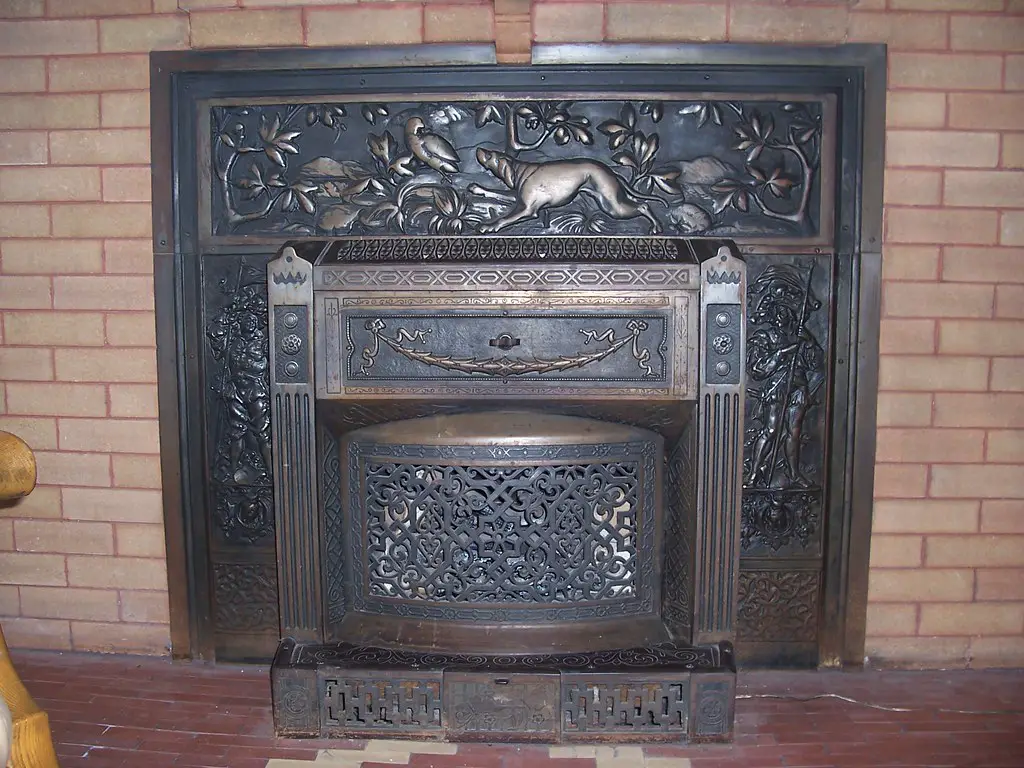
Unvented gas fireplaces are now restricted in many areas due to their potential to release harmful carbon monoxide. Building codes increasingly require direct-vent or vented models for safety.
6. R-22 Refrigerants
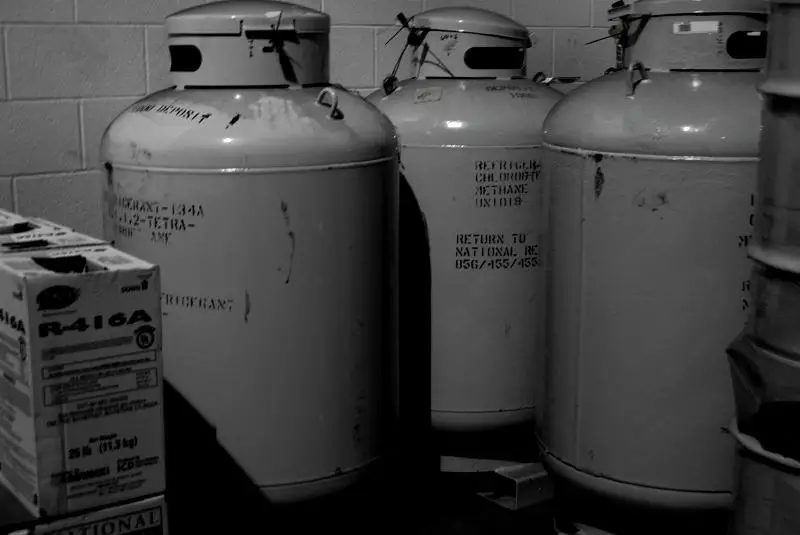
Commonly found in older air conditioning systems, R-22 refrigerants (also known as Freon) were banned due to their ozone-depleting properties. Homeowners must upgrade to newer, eco-friendly systems.
7. Wood-Burning Stoves Without EPA Certification
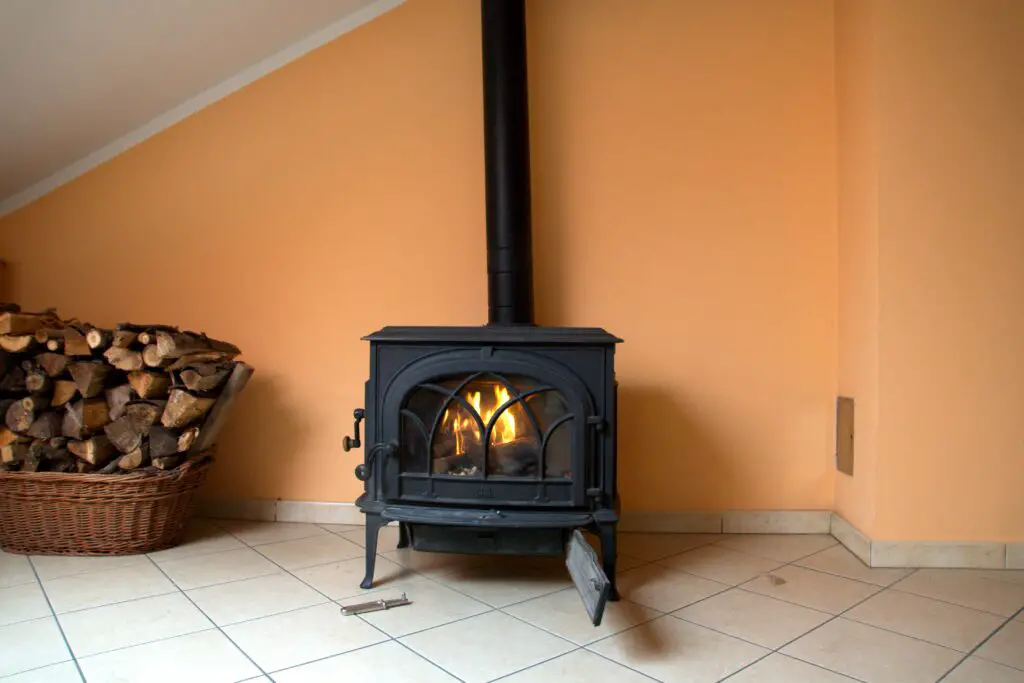
Older wood-burning stoves that fail to meet EPA emission standards are no longer allowed in many states. Modern certified stoves burn cleaner and more efficiently, reducing air pollution.
8. Knob-and-Tube Wiring
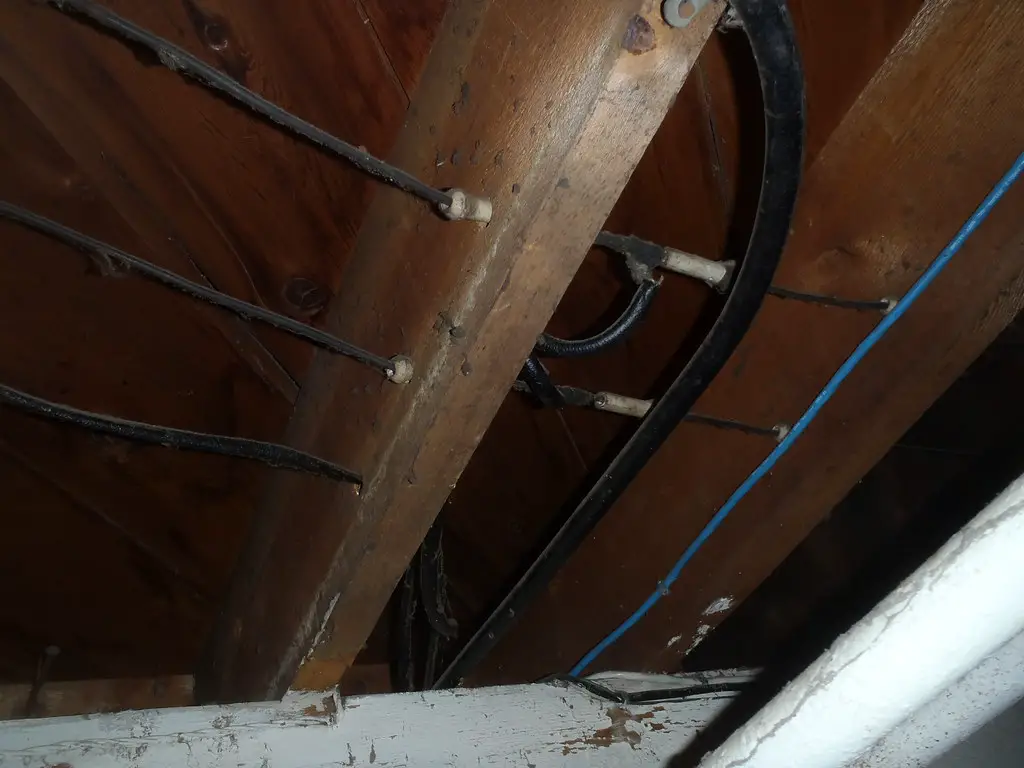
An outdated electrical system, knob-and-tube wiring, is now prohibited in new construction due to its fire hazards. Homeowners with this wiring are encouraged to upgrade to meet modern safety standards.
9. Cesspools
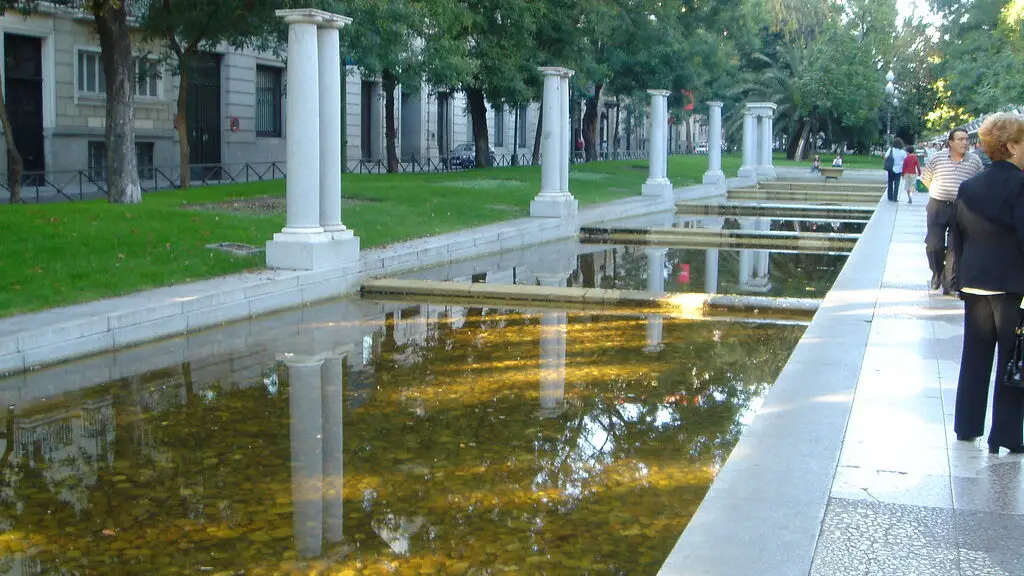
Cesspools, once a common method of wastewater disposal, are now banned in many states due to groundwater contamination concerns. Septic tanks or sewer connections are now required.
10. Open Staircases Without Railings
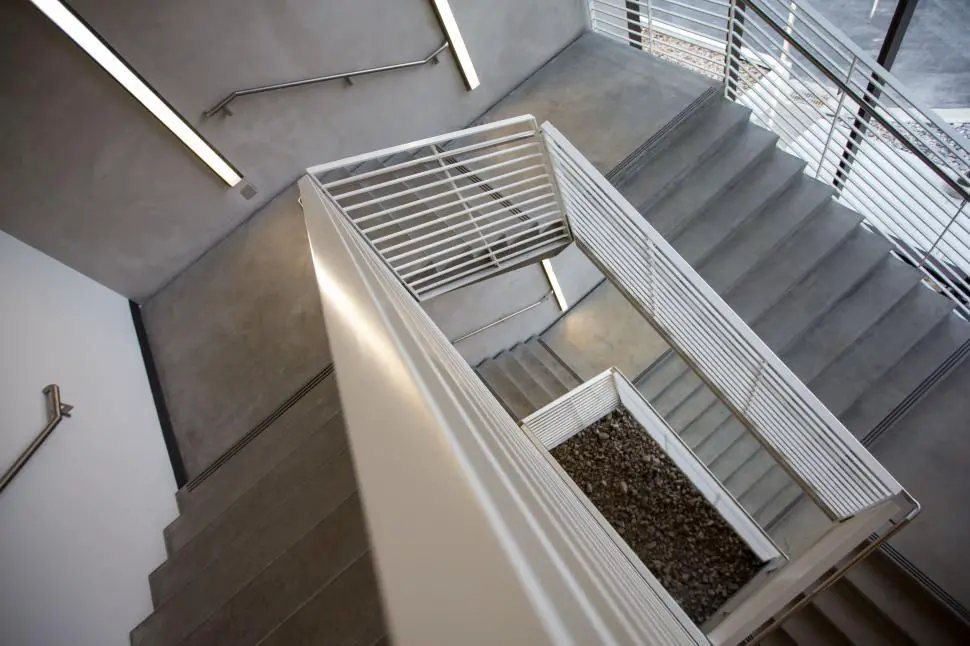
Open staircases without proper railings are no longer up to code in most areas. These designs are now required to include secure barriers to prevent falls and meet safety standards.
11. Split-Level Homes Without Egress Windows
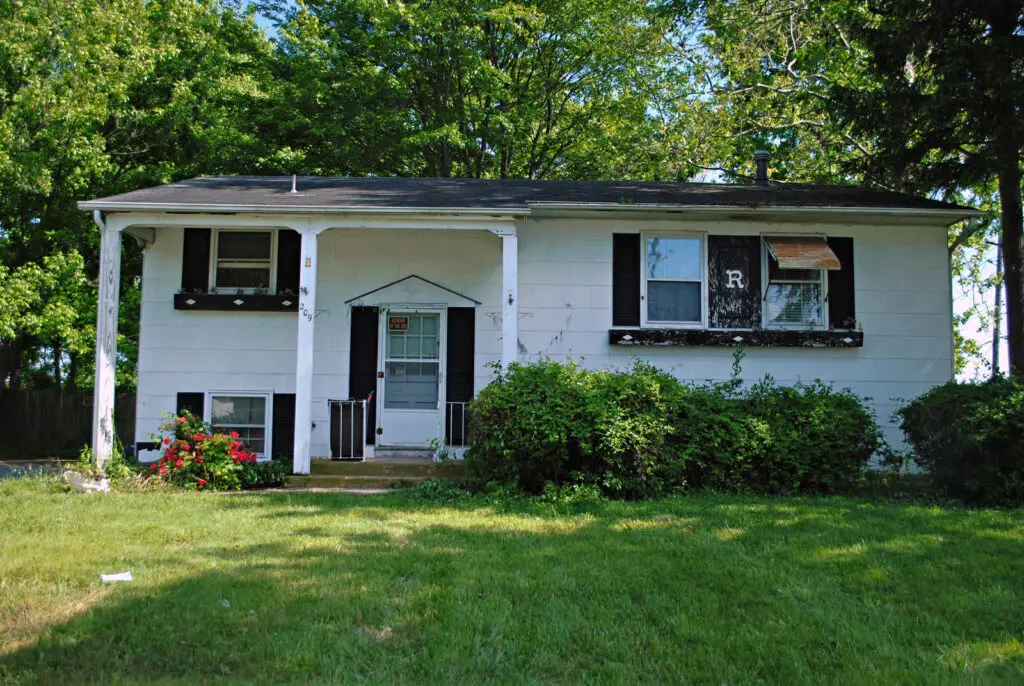
Basements in split-level homes must now have egress windows to provide an emergency escape route. This regulation ensures safer living conditions in case of a fire or other emergencies.
12. Non-Compliant Septic Systems
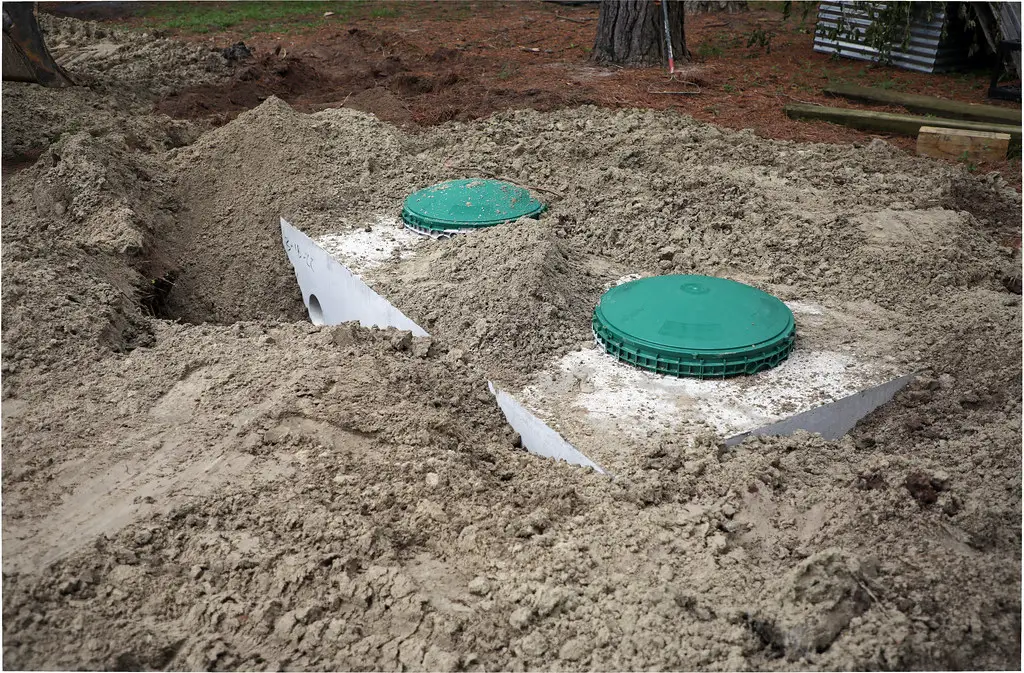
Older septic systems that fail to meet current environmental standards are now prohibited. Upgrades or replacements are often required to protect local water sources.
13. Low-Pitched Roofs Without Proper Drainage
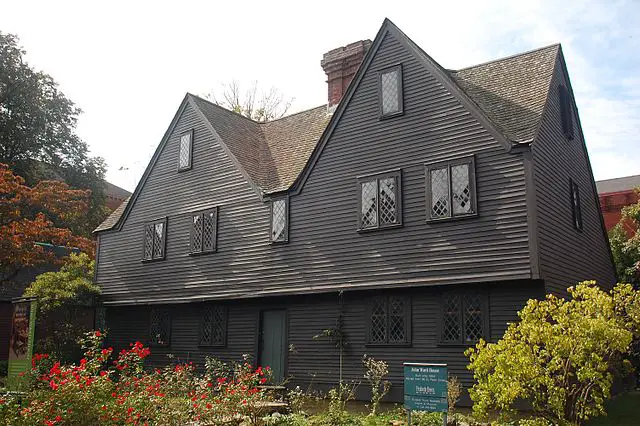
Low-pitched roofs must meet stricter drainage requirements to prevent water pooling and damage. Builders are now required to install proper waterproofing and gutter systems.
14. High VOC Paints

Paints with high levels of volatile organic compounds (VOCs) are being phased out due to their harmful effects on indoor air quality. Low-VOC or no-VOC options are now standard in most areas.
15. Outdated Smoke Detectors
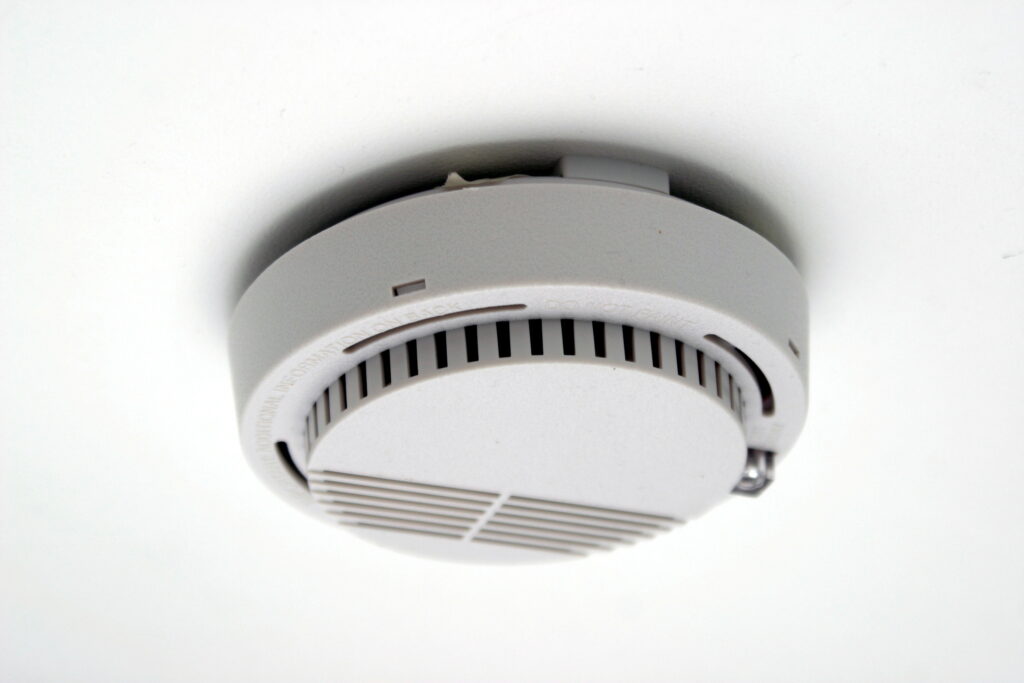
Battery-only smoke detectors are being replaced by hardwired models with battery backups. This ensures continuous protection even during power outages.
16. Non-Safety Glass in Windows and Doors
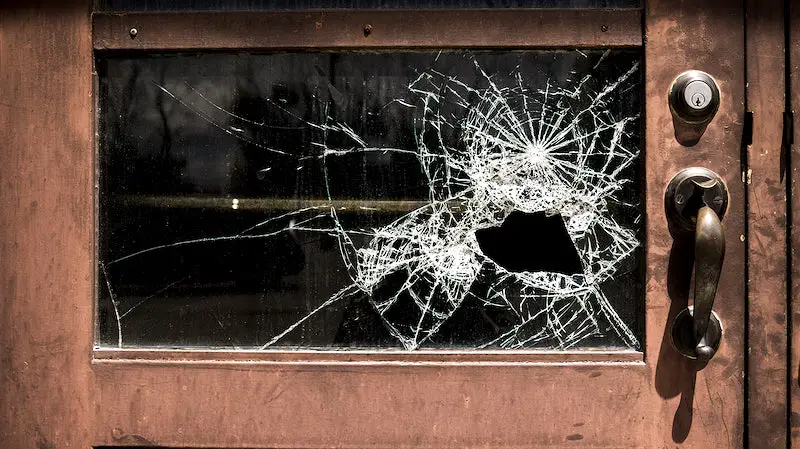
Windows and doors without safety glass are no longer compliant with modern building codes. Tempered or laminated glass is now required to reduce injury risks.
17. Exposed Heating Elements in Electric Heaters
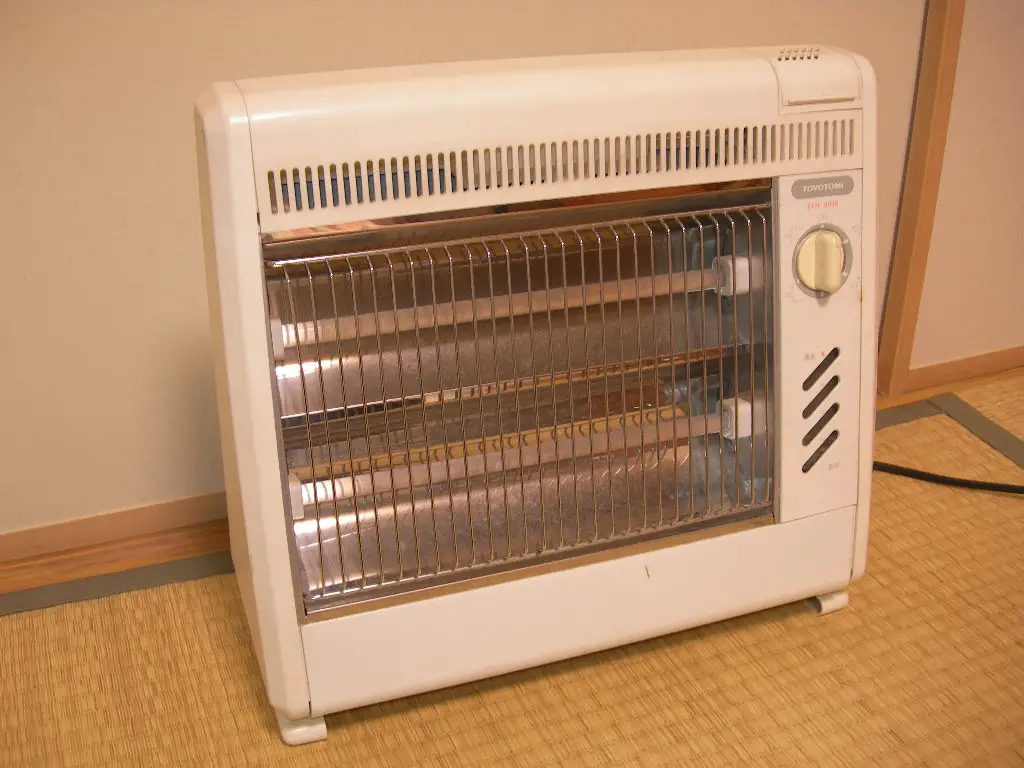
Electric heaters with exposed heating elements are no longer allowed due to fire hazards. Modern units include enclosed heating elements for improved safety.
18. Exterior Lead Pipes
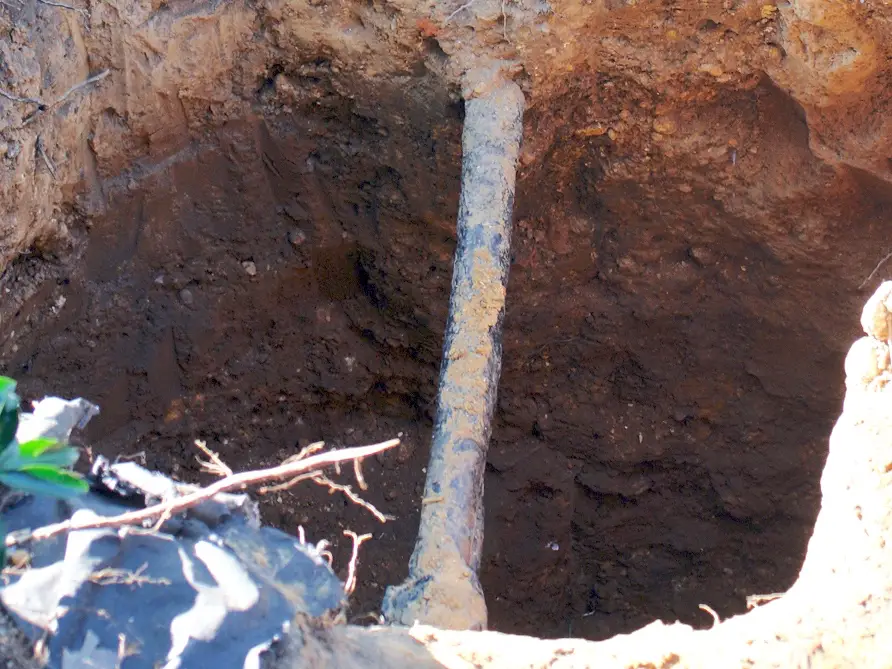
Lead pipes for water supply are being systematically replaced due to health risks. Many municipalities now require the use of copper or PEX piping for water lines.
